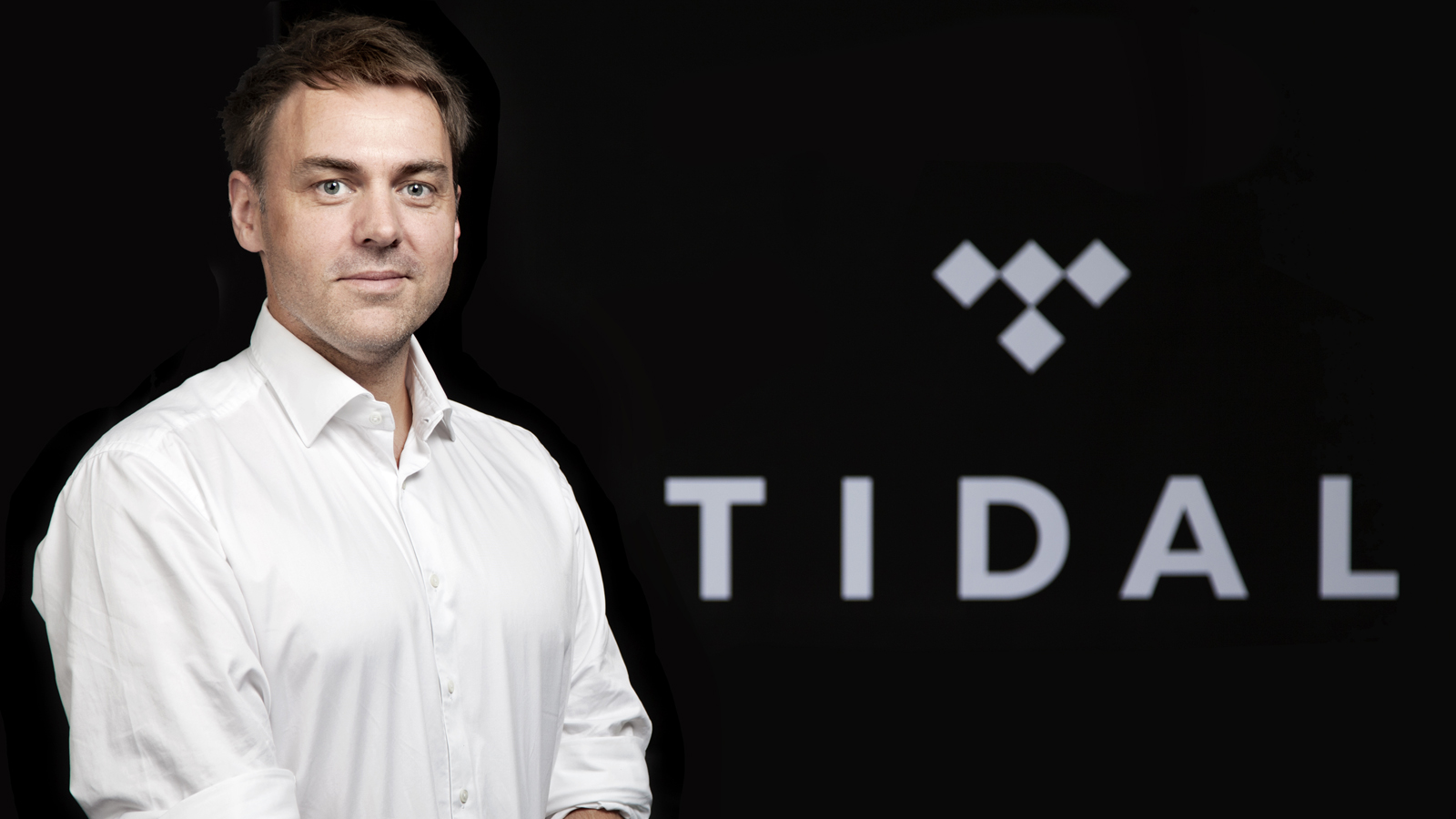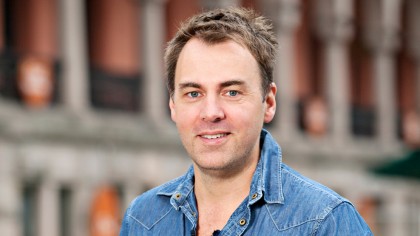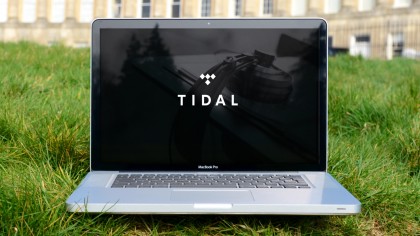
We've sung Tidal's praises before. Launched in September 2014, the music streaming service already has 17,000 users and looks poised to grow thanks to one audio-savvy rapper shelling out $56 million (about £37 million, AU$73 million) in a deal that could make Tidal a household name.
But even if you know just what Tidal is and why people love it, you haven't heard the full story until you've talked to Pål Bråtelund, strategic partnership manager at Tidal. On a call with TechRadar from Scandinavia, Pål enlightened me on the history of Tidal (formerly called Wimp), and his version of what's to come for an industry that's "ready to explode."

A bit of background: Tidal is a music streaming service, but it isn't Spotify. It's close, but Pål explained Tidal is different because "it's CD-quality music streaming. Similar to how you can watch Netflix in full-HD on your iPad, you can listen to full CD-quality [music] on your phone." It's not the first streaming service to dive into higher-end audio, and by the sounds of it won't be the last.
Tidal has big plans for 2015, and thanks to some generous bankrolling on behalf of Jay-Z, it finally has the funds to see them through. A new tiered payment model may be en route, as well as even higher resolution audio. Then there's the elephant in the room: a music mogul dropping $56 million on the service and its future.
TechRadar: You've launched in the US, UK and elsewhere, but does the world seem ready for easy-access, hi-res music?
Pål Bråtelund: The answer here is "of course," but we can discuss this a little bit. There's a lot of confusion about the definition of hi-res. I think a lot of it has to do with marketing people getting involved [laughs] and a lot of them have been talking about hi-resolution TV. We had HD-ready screens, then full-HD screens, then we got 4K, then 8K, then 15K…

The comparison to the audio world is natural to make, sure. But in my world the term 'lossless,' for when we go back from a compressed format to CD quality, is pretty much the ground floor of hi-resolution. I'm almost reluctant to use the word hi-resolution for CD quality, because in my world that's actually higher than CD quality. But I think the giant leap now is to get back to CD quality because we've lived for two decades now with crap. And we had something good. So let's go back to something good. From there we will go into higher resolution.
Get daily insight, inspiration and deals in your inbox
Sign up for breaking news, reviews, opinion, top tech deals, and more.
TR: Does the team at Tidal consider Spotify 'the competition?'
PB: Yes and no. We are trying to do something different. Of course we get compared a lot, and I understand why - I constantly compare HBO and Netflix. But then again, we are trying to do something else. We are trying to create an entertainment channel where you can read quality articles inside the application, you can see music videos and that functionality will only get better. It's a whole experience. It's more than just music streaming.
It's only the very beginning, and it's only going to get better.
TR: Really? How?
PB: We're opening in more countries so you're going to see more articles from different places. If you wonder what the music scene is like in Berlin, you'll be able to find out from where you're sitting.
But what I didn't mention is that we're dabbling with higher than CD-quality streaming.
TR: Come again?
PB: We're working on a product with higher than CD quality resolution.
TR: I thought lossless was the best it could be. What's higher than lossless?
- 1
- 2
Current page: How Tidal plans to surpass Spotify
Next Page Tidal talks price, Jay-Z and master formatNick Pino is Managing Editor, TV and AV for TechRadar's sister site, Tom's Guide. Previously, he was the Senior Editor of Home Entertainment at TechRadar, covering TVs, headphones, speakers, video games, VR and streaming devices. He's also written for GamesRadar+, Official Xbox Magazine, PC Gamer and other outlets over the last decade, and he has a degree in computer science he's not using if anyone wants it.
